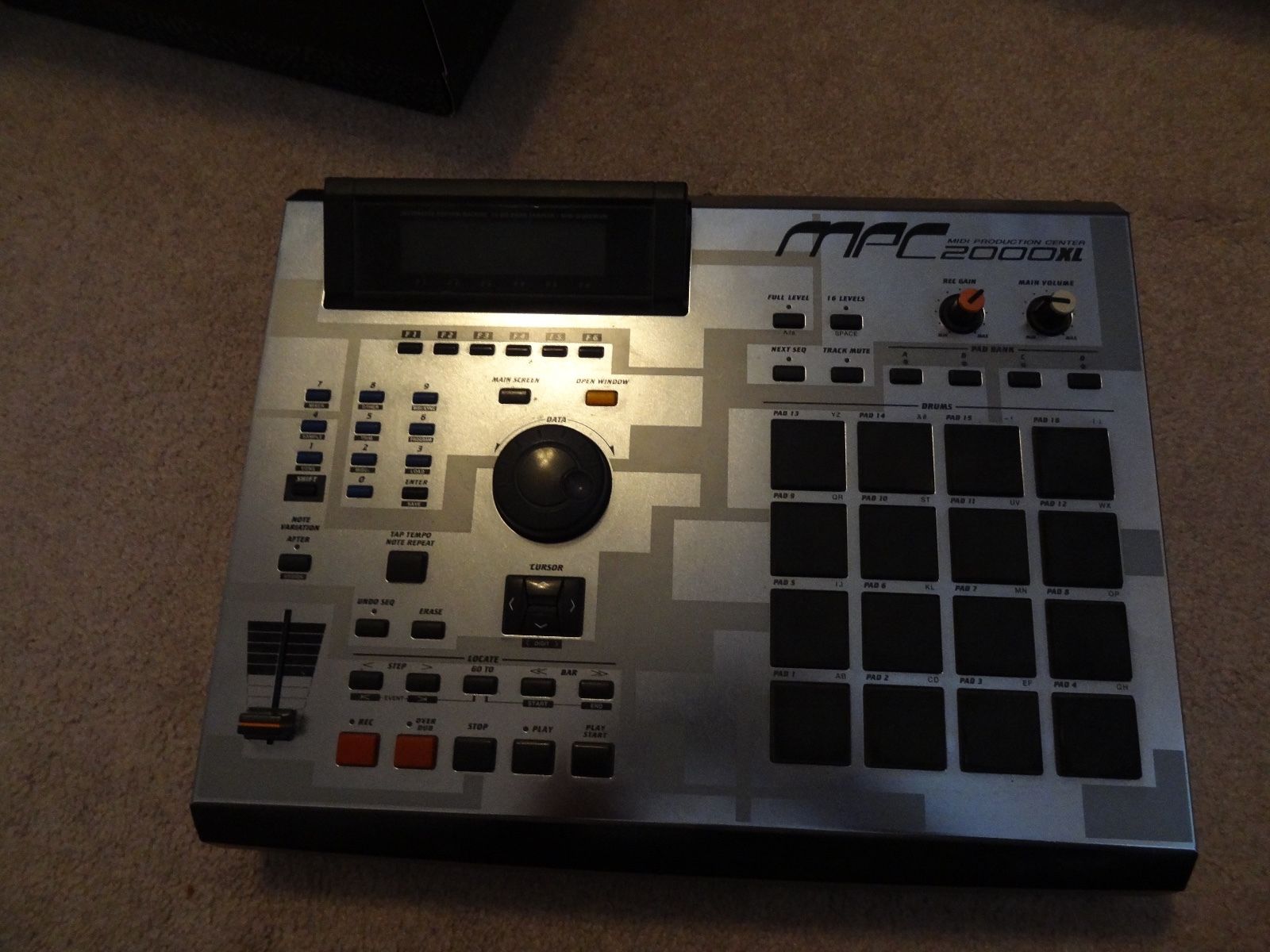

Formatted capacities are generally set in terms of binary kilobytes (as 1 sector is generally 512 bytes).

To date, however, these moves have still not marked the end of the floppy disk as a mainstream means of data storage and exchange.Įxternal USB-based floppy disk drives are available for computers without floppy drives, and they work on any machine that supports USB.įloppy disk sizes are almost universally referred to in imperial measurements, even in countries where metric is the standard, and even when the size is in fact defined in metric (for instance the 3½-inch floppy which is actually 9 cm). Apple Computer was the first mass-market computer manufacturer to drop the floppy drive from a computer model altogether with the release of their iMac model in 1998, and Dell made the floppy drive optional in some models starting in 2003.
#X7000 quick disk driver#
Nonetheless, manufacturers were reluctant to remove the floppy drive from their PCs, for backward compatibility, and because many companies' IT departments appreciated a built-in file transfer mechanism that always worked and required no device driver to operate properly.

One financially unsuccessful attempt in the late 1990s to continue the floppy was the SuperDisk (LS-120), with a capacity of 120 MB (actually 120.375 MiB ), while the drive was backward compatible with standard 3½-inch floppies. Mass backups were now made to high capacity tape drives such as DAT or streamers, or written to CDs or DVDs. With the arrival of mass Internet access, cheap Ethernet and USB flash drive, the floppy was no longer necessary for data transfer either, and the floppy disk was essentially superseded.
#X7000 quick disk software#
Toward the end of the 1990s, software distribution gradually switched to CD-ROM, and higher-density backup formats were introduced (e.g. And those with the luxury of a hard drive were designated the 'C:' drive, a convention that remains with us today long after the decline of the floppy disk's utility.īy the early 1990s, the increasing size of software meant that many programs were distributed on sets of floppies. The second floppy drive was the 'B:' drive. Since the floppy drive was the primary means of storing programs, it was typically designated as the 'A:' drive. Many home computers had their primary OS kernels stored permanently in on-board ROM chips, but stored the disk operating system on a floppy, whether it be a proprietary system, CP/M, or, later, DOS. Before the popularization of the hard drive for PCs, floppy disks were typically used to store a computer's operating system (OS), application software, and other data.
#X7000 quick disk Pc#
Floppy disks are read and written by a floppy disk drive or FDD, the latter initialism not to be confused with "fixed disk drive", which is an old IBM term for a hard disk drive.įloppy disks, also known as floppies or diskettes (a name chosen in order to be similar to the word "cassette"), were ubiquitous in the 1980s and 1990s, being used on home and personal computer ("PC") platforms such as the Apple II, Macintosh, Commodore 64, Amiga, and IBM PC to distribute software, transfer data between computers, and create small backups. A floppy disk is a data storage device that is composed of a disk of thin, flexible ("floppy") magnetic storage medium encased in a square or rectangular plastic shell.


 0 kommentar(er)
0 kommentar(er)
